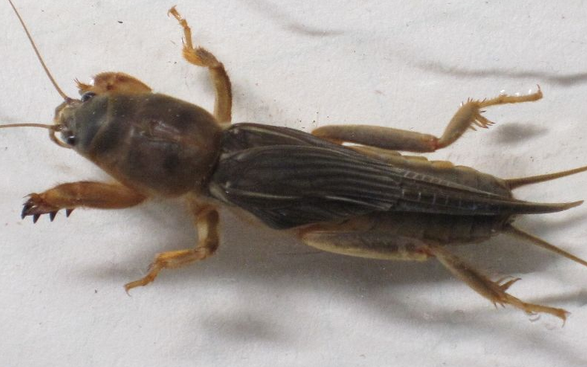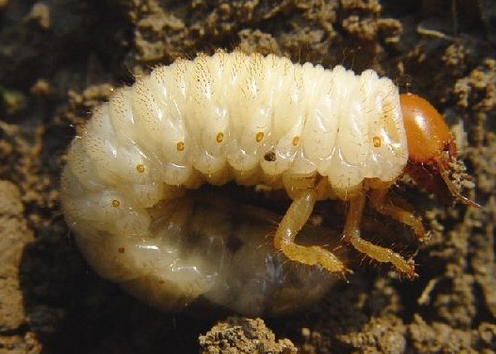The underground pests of wheat are mainly cockroaches, cockroaches and golden worms, which mainly occur in the autumn seedling stage of wheat and after the greening to the filling stage.
Hey. The time when the wheat is harmed is from the start of sowing until the wheat ripening period of the leap year, which damages the wheat seedlings in the autumn, eats the germinating seeds by adult or nymphs, bites the young stems, or bites into a chaotic shape to kill the seedlings, and Walk through the soil to form a tunnel, so that the roots are separated and the seedlings are broken. Heavy hazards cause re-emergence of destruction.

Grub. The larvae harm the underground seedlings of the wheat seedlings, and the roots and stems are bitten to kill the seedlings. The hazard period is from the peak period of September-October in autumn and from April to May in spring. In the winter, the winter is warmer in the deeper soil. In the second year, the temperature rises and the larvae begin to move to the surface. When it reaches 13-18 degrees Celsius, it is the peak period of activity. At this time, it mainly harms the green wheat and spring-sown crops. Old mature larvae pupate in the soil. Adults lurk in the soil during the day and fly out in the evening to feed on the leaves of trees and crops. Females lay eggs in deep soil of about 10 cm. After hatching, larvae harm soybeans, peanuts and wheat. One generation occurs a year. Wintering with adult or larvae. If there are many wintering larvae, the next year will be serious.

Golden worm. The larvae bite the germinating seeds and rhizomes, and they can be drilled into the intersection of seeds or rhizomes. The damage is not neat and tangled, forming a dead heart seedling so that the whole plant is dead. Spring is from March to May, and autumn is from September to October. The common larvae can be completed in a generation of 2 to 3 years. Most of them are wintering in the 23-33 cm soil layer, and the temperature is 8 degrees Celsius below 10 cm. The larvae start to move; the soil temperature reaches 8-- At 12 degrees Celsius, it rises to the periphery of the wheat roots. It was the most serious in mid-April.
When it is dry or rainy, the larvae hide in the deep layers and the damage is lighter. Females lay eggs in the 3--7 cm soil layer. The larvae began to endanger autumn-sown wheat in late September to early October, and winter in late October. Adult adults of D. chinensis do not feed. The larvae are the peak period of the wheat during the greening period to the booting stage. They mainly feed on the young part of the stem base, cut off the tissue that transports the nutrients, and make the upper stems wither. In particular, the early spring activities of the golden worms are serious.
Dehydrated Ginger,Dehydrated Ginger For Seasoning,Dehydrated Ginger For Cooking,Dehydrated Ginger For Tea
Xinghua Lvwei Foods Co.,Ltd , https://www.lvweifoods.com